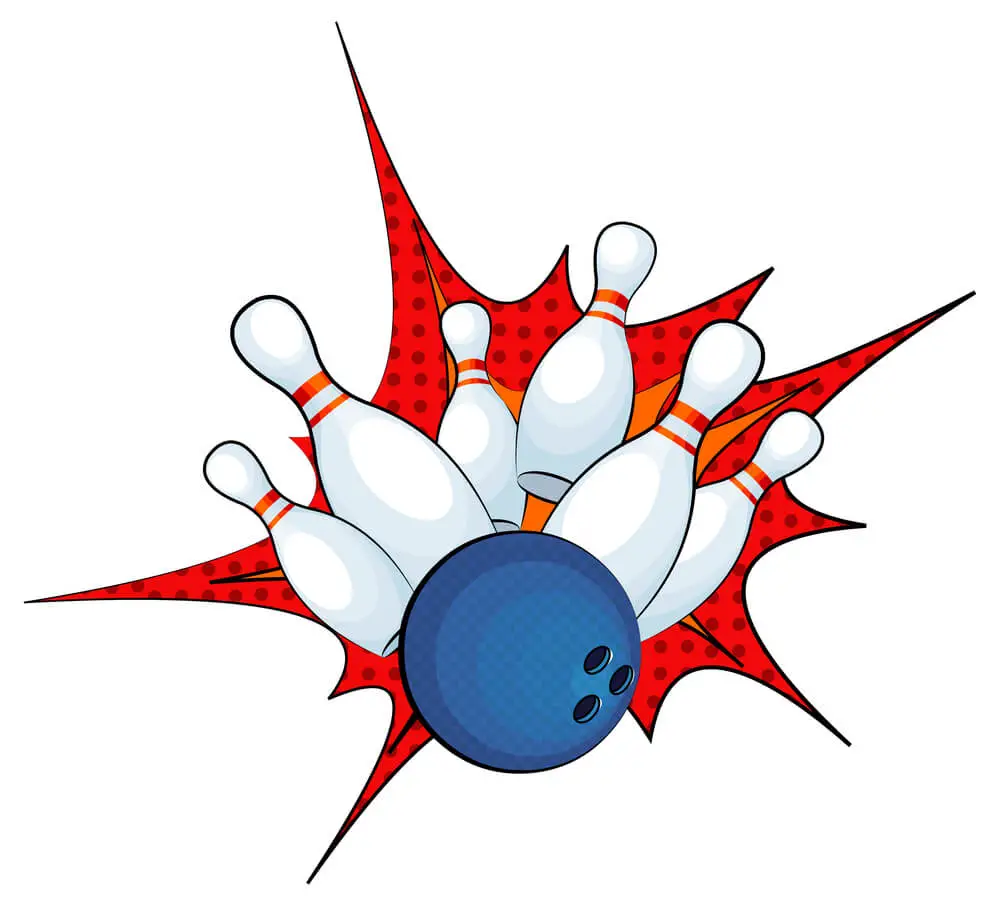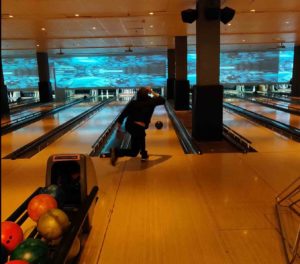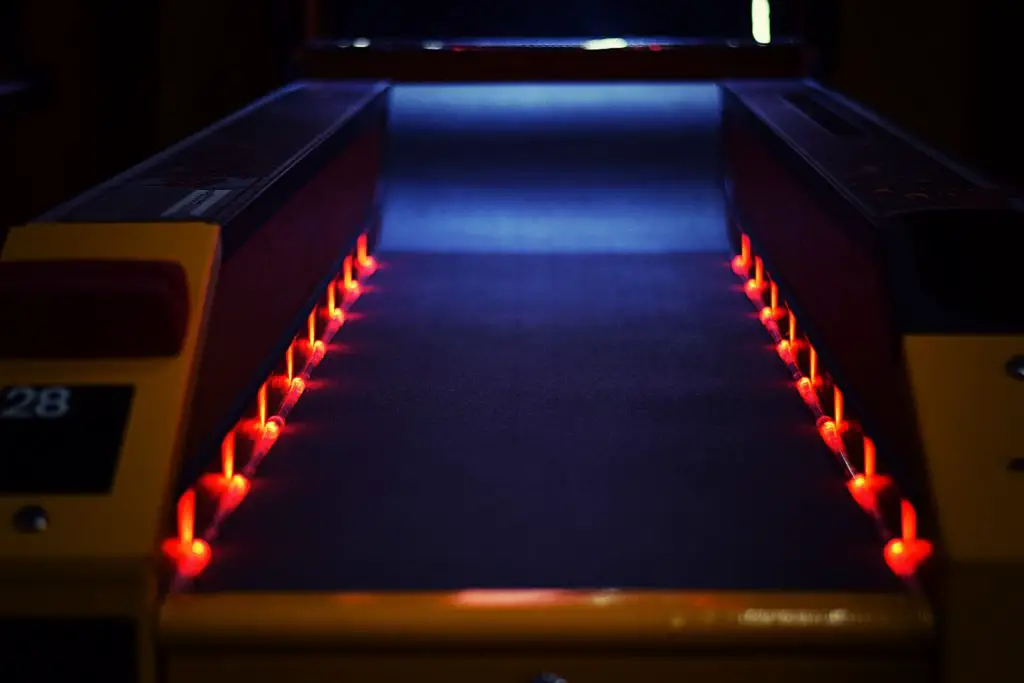Bowling has been a popular pastime for people of all ages throughout history. The game’s goal is to score as many points as possible by knocking down pins with a bowling ball, regardless of the rules of the game.
Modern lanes have a standard of 39 boards. On the right side of the bowling alley is where a bowler who is right-handed and one who is left-handed begin counting. Between the dots and arrows, there are four boards.
In most games, players can make two rolls each turn as a norm. If you’ve never bowled before and aren’t sure how many pins you’ll need, don’t worry! Take a closer look at this issue.
THE LANE
Lanes are one of the most critical aspects of the tournament, league, or professional competition. There is no such thing as a “300 game” unless you know exactly what to do and when to do it. Being “ahead” of the lanes is essential for perfection during the transition.
To gain more area on the lanes, you must first find the breakpoint and alter your game to that lane section. Just follow the rule of 31, and you’ll know where the ball should exit fast. Is this feasible?
The board number at which your ball should exit the pattern can be calculated by subtracting 31 from the oil pattern’s distance. It’s difficult to say for sure, but this might provide a reference point and allow you to fine-tune based on how the ball responds after that.
Distance
The lane pattern distance determines the breakpoint. The breakpoint of a bowler is when their ball begins to move toward their headpin.
The distance between breakpoints in short-distance patterns (36′ or less) and medium-distance patterns (37′ to 42′) is significant. The 13th through the 16th breakpoints in long-distance oil patterns are closer to the pocket or boards than in shorter oil patterns.
It’s all about execution, so you have to make your shot look good to work well beyond simply putting the ball up and moving it around. Now that you’ve seen what goes into making the best decisions and movements consider how many things influence them.
Lanes
Consider the lane surface you’ll be bowling on while making your choice. Wood lanes hook earlier and more frequently, while synthetic lane surfaces are tighter and allow the ball to travel further down the lane.
While a straight player may move more to combat the situation, a high rev-rate player may need to make adjustments sooner. You shift your angle on the approach and lane by moving your feet and eyes. Whether you want to shift one or both of your feet is up to you.
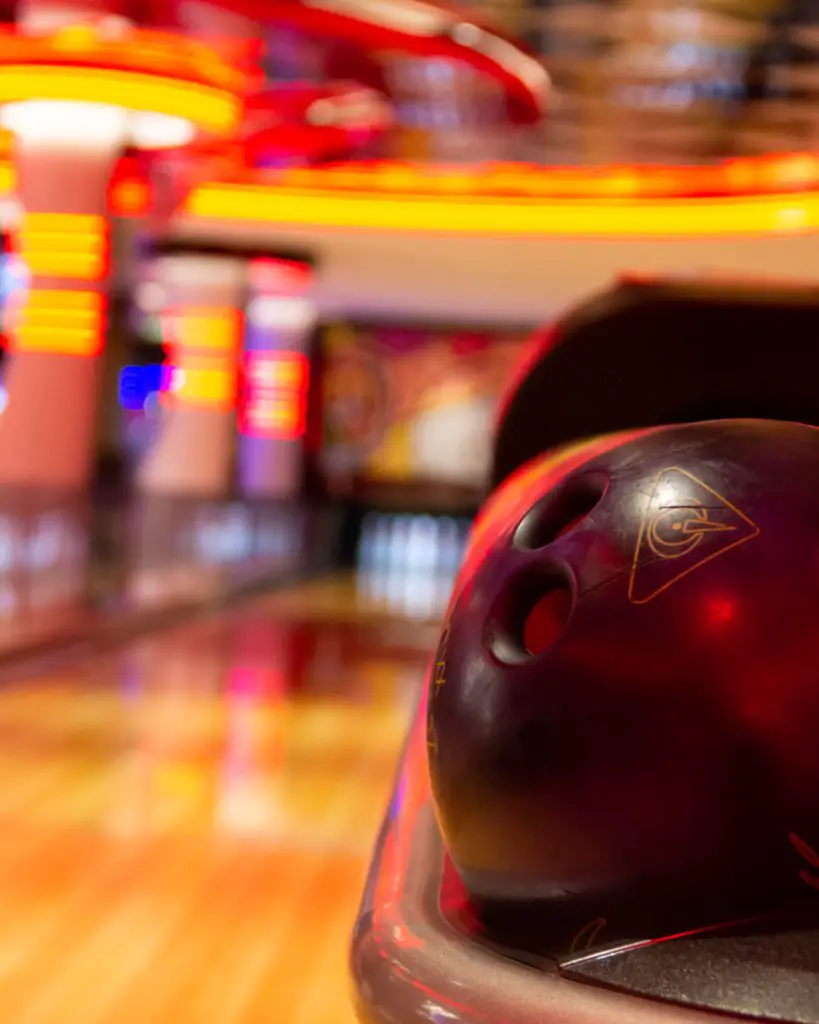
Oil
The shifts in lane patterns required to stay in the box and score will vary somewhat from player to player as lanes change. Some bowlers will need to replace their bowling balls, while others will have to adjust their speed and loft.
Keep an eye on the bowlers on the pair you’re transferring to make better decisions about your first-frame adjustments. If there are a lot of bowlers around a specific area, expect it to shift quickly. Keep an eye on your surroundings and act quicker than you would in league play.
The appropriate ball may make all the difference in whether or not you can relax and keep up with your practice routine.
The smoother the ball hits the oil pattern, the more information it provides about what ball to use, where to play, release it, and how quickly you should bowl on a new oil pattern.
Adjust your approach based on how your ball is rolling off the breakpoint. A lighter ball that goes further down the lane might assist you in avoiding an early hook in the front part of the lane.
Shape
There are 39 boards compared to the 60-foot lane’s length, and the lane is only 42 inches wide, implying there aren’t a lot of areas to play with.
The wrist-to-head pin connection is a fundamental element of the golf swing. It’s more essential to understand how your ball reacts as it approaches the pocket than to learn the left-to-right lane reading technique. Why restrict yourself when you have 60 feet to play with?
Scanning the lane conditions from front to back is how you discover the moment when the ball begins to slow down. If a ball’s hook power is decreased or its backend motion becomes smoother as it flies down the lane, this might be due to reduced speed in the first 20 feet of flight.
If you don’t lose speed in the front or middle portions of the lane, a stronger backend reaction to the pins is anticipated.
Bowling’s history
Bowling is one of the oldest sports globally, with a long and illustrious history. The game was first played in Egypt and Rome during ancient times.
Ball remnants dating back 3,000 to 5,000 years have been discovered in Egyptian relics. Herodotus credits the Lydians of Asia Minor as the creators of various bowling games.
The ancient Roman legionaries created a similar game roughly two millennia ago. In which players attempted to throw little stone items as near to one another as possible.
There are two distinct sorts of bowling: pin bowling and target bowling. Target bowling, unlike pin bowling, is all about striking the lane as close to a target as possible. Target bowling, unlike pin bowling, maybe played on various surfaces, including grass, gravel, and artificial ones.
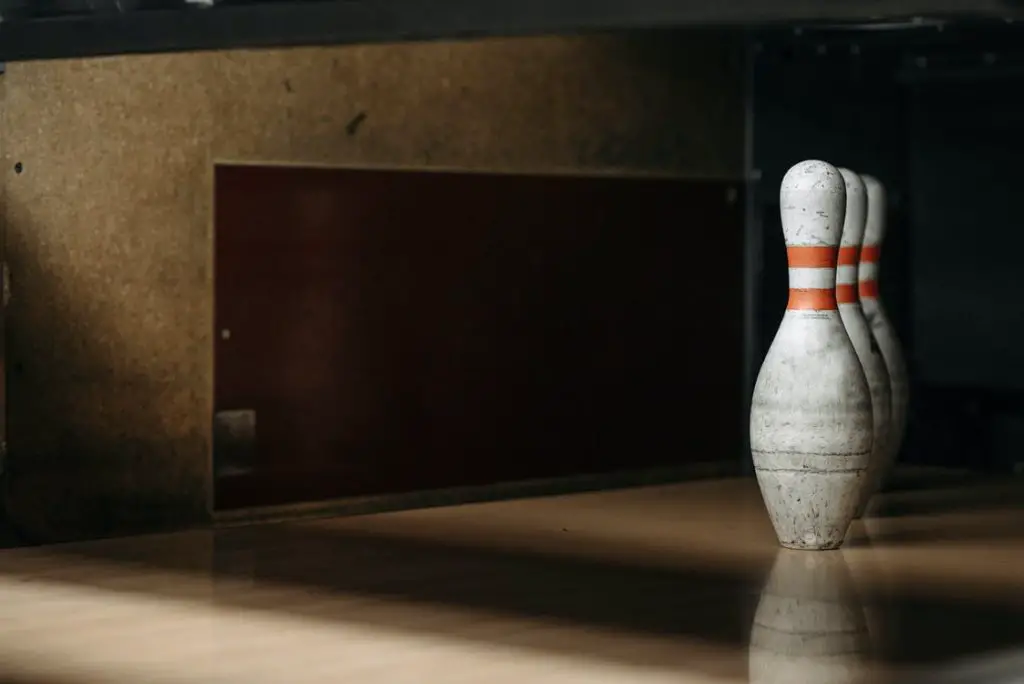
Pin bowling may be found in the form of a game. For example ten or nine pins, five or six pins, a game like a candlepin, or a duckpin. Examples include Bocce, carpet bowls, Cherokee marbles, Irish road bowling, lane/alley bowling, molkky, and petanque.
In year 1840, an indoor bowling alley was constructed for the first time in New York City. The television broadcasted the sport for the first time in year 1950.
In 1960s, bowling ball makers began using polyester resin rather than rubber and wood. Resulting in the brightly colored balls today. Japan has the world’s largest bowling alley with 116 lanes.
In 1895, the first set of rules for pin bowling was established in New York City. The International Bowling Board (IBA) was founded in 1905 to regulate international bowling.
Bowling is a popular pastime or competitive sport for over 100 million people around the globe. The Professional Bowlers Association (PBA) is a professional bowling organization that was formed in 1958. It is based in Seattle and has players from 13 different countries, including the United States and the rest of the Western Hemisphere.
Conclusion
Bowling is a fun, challenging, and competitive sport enjoyed by millions of people worldwide. There are many different variations of bowling, each with its own unique rules and gameplay. Whether you play for fun or compete professionally, there is something for everyone in this beloved sport. So grab your bowling shoes, line up your shot, and get ready to experience the thrill of bowling!
Related Articles:
